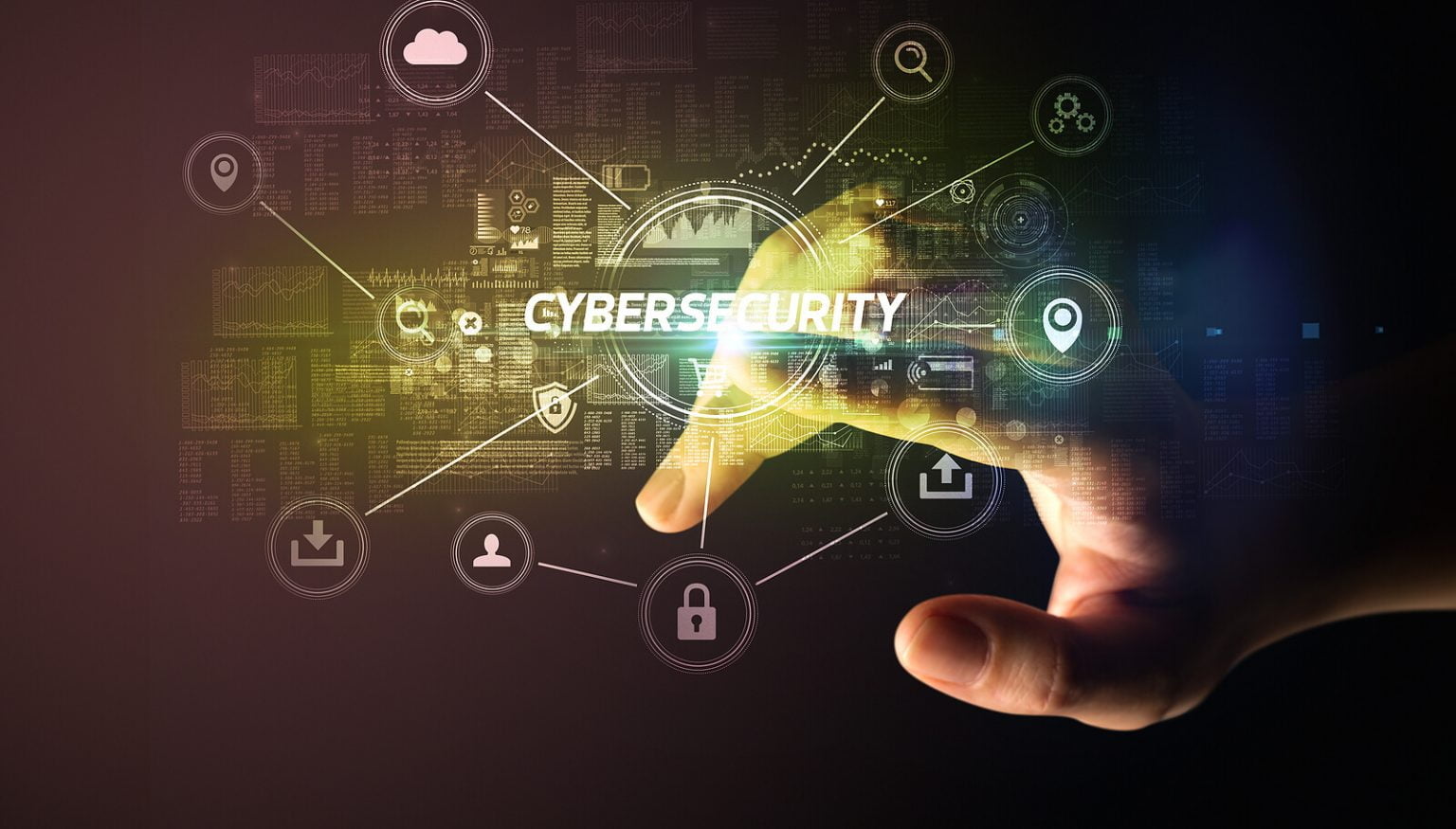What is Geospatial Analytics?
It refers to the process of examining geographic or location-based data through specialized techniques and technologies to reveal hidden patterns, relationships and trends. It involves combining traditional data analysis with spatial context and capabilities to provide a deeper understanding of issues related to location.
Key Benefits
Geospatial Analytics offers several important benefits for extracting meaningful insights from location-based big data. Some of the main advantages include:
Location Intelligence for Decision Making
By mapping data to physical geography, geospatial analytics can help uncover rich spatial patterns that may not be apparent otherwise. Leveraging location as a connective context provides a more complete view for informed analysis and decisions. Identifying variations across different regions can reveal optimization opportunities.
Predictive Modeling Capabilities
The spatial dimension introduces possibilities for geospatial predictive modeling using techniques like hotspot analysis, density mapping and spatial interpolation. This enables more accurate forecasting and scenario planning based on correlations between occurrences and their positions. Location history data also supports predictive analytics.
Operational Efficiencies
Integrating spatial perspectives into operations can streamline processes and boost efficiencies. For example, routing and logistics optimization using geospatial analytics helps save on transportation costs. Site selection analysis identifies optimal placement of new facilities or services. Resource allocation models improve utilization based on demand patterns across areas.
Customer Understanding
Customer behaviors, preferences and experiences vary significantly depending on demographic and socio-economic factors associated with different geographies. Geospatial analytics on consumption trends, complaints, loyalty programs etc. by location provides useful customer insights for targeted marketing, new product development and improved service quality.
Real-time Decision Support
Location analytics applied to streaming sensors, mobile devices and IoT feeds enables real-time situational awareness and responses. It supports dynamic decisions and interventions related to emergency response, traffic management, predictive maintenance, field workforce optimization and more.
Applications and Techniques
Geospatial analytics finds widespread usage across diverse industries for addressing various business and operational challenges through location intelligence. Some key applications and techniques include:
Urban Planning & Infrastructure Development
Techniques like land use modeling, 3D city modeling and site suitability analysis are used for strategic urban planning, transport route optimization, natural resource management and impact assessments to support sustainable community development goals.
Public Safety & Emergency Response
Applications involve GIS-based emergency response systems, hotspot mapping of crime incidents, predictive policing, disaster management simulation and evacuation route planning based on population density, terrain and critical infrastructure mapping.
Retail and Consumer Goods
Techniques like trade area analysis, customer origin determination, market segmentation, store clustering and delivery route optimization help optimize store operations, supply chain and marketing effectiveness. Demand forecasting models locations factors.
Natural Resource Management
Applications span precision agriculture, wildlife habitat monitoring, forest fire risk modeling, oil & gas reserve estimation, groundwater exploration, environmental impact assessments etc. using terrain modeling, image classification and sensor data analytics.
Logistics and Transportation
Fleet and asset tracking, last mile optimization, traffic flow analysis, transit ridership modelling, accident hotspots identification and journey time reliability estimation rely on routing algorithms and predictive modelling of demand patterns.
Real Estate & Location-Based Services
Location-based querying, proximity analysis, 3D visualization of sites, market potential modelling, walkability analytics, site suitability determination are key techniques powering property search portals, recommender engines and urban informatics platforms.
Healthcare and Public Health
Epidemiological modelling of disease spread, obesity risk mapping, caregiver routing, hospital siting analysis and community health indicators benchmarking are some core applications supported by techniques like heat mapping, spatial autocorrelation and clustering analysis.
Emerging Technologies
Several emerging technologies are enhancing its capabilities and delivery of location intelligence in transformative ways. Some notable examples include:
Artificial Intelligence & Machine Learning
AI/ML algorithms power new forms of predictive and prescriptive geospatial modeling by identifying nuanced spatial patterns from massive geo-datasets. Deep Learning techniques applied to imagery enable automated feature extraction at scale.
Cloud Computing
Cloud-hosted geospatial platforms deliver scalable, on-demand access and processing of location analytics applications and vast geospatial datasets for a diverse range of users. Serverless architectures optimize costs for event-driven analytics.
Internet of Things (IoT)
Integrating IoT sensor data streams with maps generates hyperlocal, real-time location intelligence driving contextual, personalized experiences and dynamic resource optimization.
Augmented/Virtual Reality
Geo-enabled AR/VR platforms offer immersive visualization and interaction with digital twins of physical spaces for urban planning, infrastructure inspection, public safety training and more.
Big Data & Location Technologies
Advances like ubiquitous GPS, WiFi positioning and Bluetooth beacons generate mountains of high-resolution spatio-temporal data supporting advanced analytics techniques like space-time modeling and trajectory mining.
Blockchain Geo-Applications
Blockchain adds verifiability and transactional capabilities to location data platforms while empowering participatory mapping initiatives via micropayments or tokens.
As location data volumes explode from IoT, mobile devices and new sensing technologies, expectations from geospatial analytics will continuously escalate. Major future frontiers include development of open urban data platforms unlocking geospatial innovation; AI-driven geospatial simulations for modeling complex real-world scenarios; advanced techniques like spatial deep learning; and ubiquitous indoor location intelligence enabling hyper-local applications. Geospatial
*Note:
1. Source: Coherent Market Insights, Public sources, Desk research
2. We have leveraged AI tools to mine information and compile it.



